What to see in Tokyo in two days
If you're in Tokyo, you've got to see the city's most famous sites. From the Imperial Palace and its surrounding gardens to Shinjuku Gyoen Park, Ueno Park with its museums and shrines and Harajuku (Jump Street). It's also worth visiting Akihabara—the world's leading electronics district—and seeing how the Japanese modern lifestyles are shaped by technology.
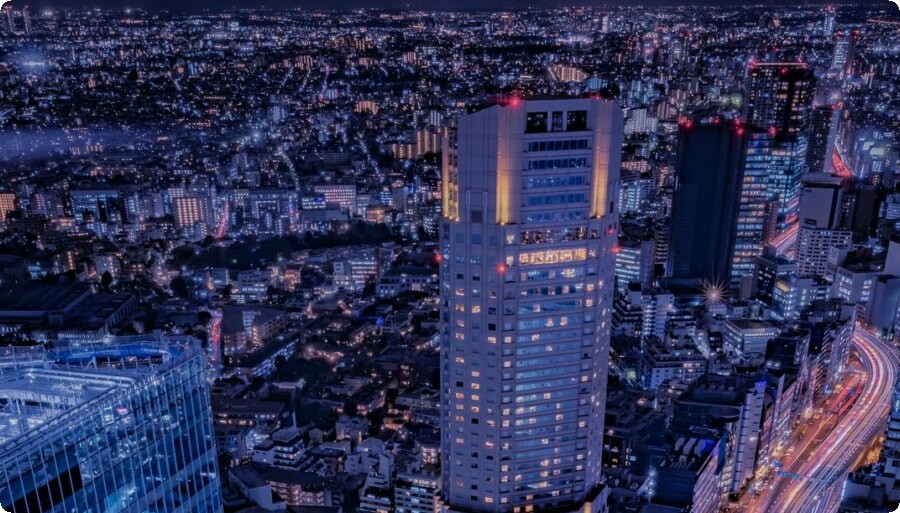
The Imperial Palace
The Imperial Palace is a complex of buildings in the middle of Tokyo, Japan. It's the home of the Emperor of Japan and the seat of government. The palace grounds are known as Chiyoda (or "Edo") Park, which also contains museums like National Museum of Modern Art (NMMAM) and National Science Museum. There are multiple entrances for visitors to enter through; however it's best to pay ahead using an online ticketing service like Klook if you want an easy way out at the end!
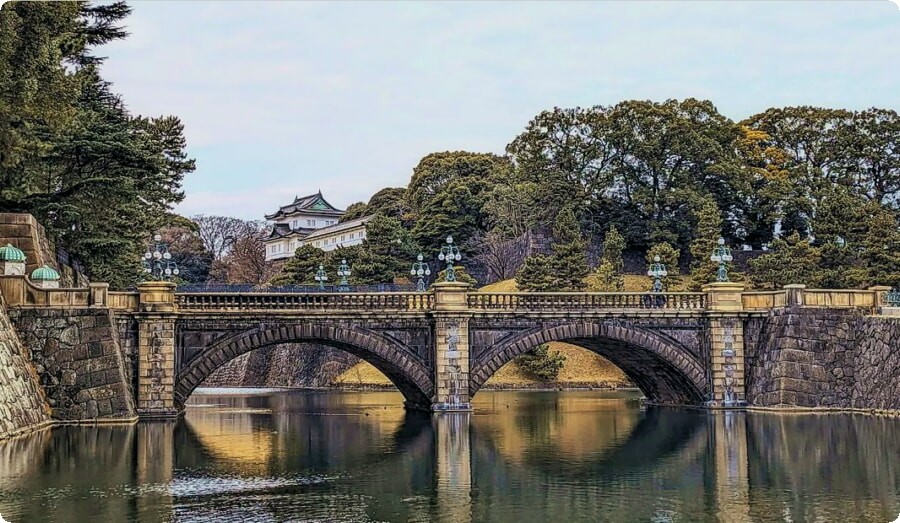
Sensoji Temple
Sensoji Temple is one of the most popular temples in Japan and a popular tourist destination. The temple was founded in 628 A.D., making it over 1,200 years old! It's known for its lanterns, statues and crowds of tourists (which you'll see below). Sensoji Temple also has a large shopping arcade with lots of souvenirs for sale. You can buy anything from chopsticks to kimonos here!

National Museum of Western Art
The National Museum of Western Art is located in Ueno Park, which is a short walk from both JR Ueno Station and Keisei Ueno Station. You can also take the bus from either station or get there by bike (there's a bike rental place nearby). The museum has a collection of Western art from the 16th century onward, including works by Rembrandt and Picasso. The permanent collection has over 9,000 pieces, so there's plenty to see!
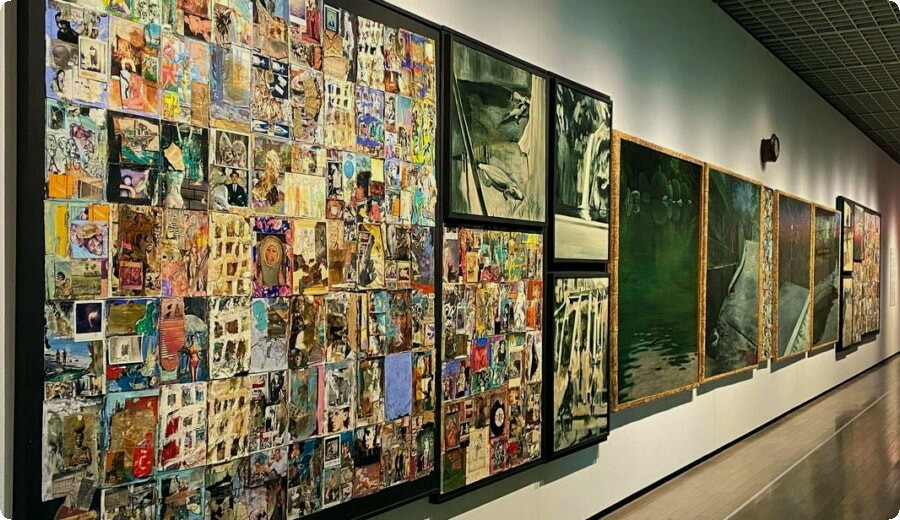
Meiji Jingu Shrine
Meiji Jingu Shrine is one of Tokyo's best-known shrines. It was built in 1920 to commemorate the souls of Emperor Meiji and Empress Shoken, who were both born in this area. The shrine itself is located on a hilltop and has been designated as a national treasure by the Japanese government because it has remained mostly unchanged since its construction--it's said that even if you go back in time 100 years or so, there will still be people praying here today!

Harajuku (Jump Street)
Harajuku is a district in Shibuya, Tokyo. It's known for its fashion and culture, especially the Takeshita Street shopping arcade that leads up to Meiji Shrine. The Omotesando Avenue is also very famous with its many shops featuring high-end brands such as Gucci, Prada and Louis Vuitton.
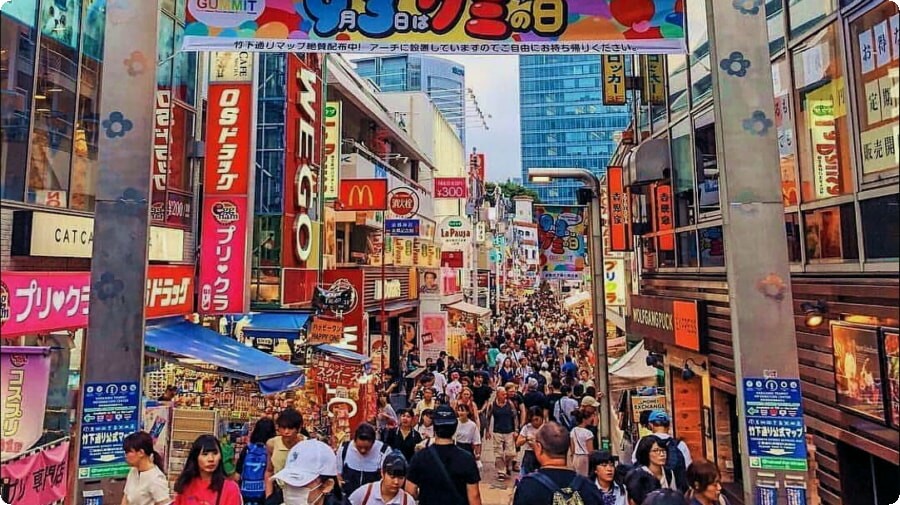
Shinjuku Gyoen Park
Shinjuku Gyoen Park is a great place to spend a day. It's free, open all year round, and offers something for everyone. The park has several gardens that you can enjoy at your own pace--you don't have to set aside an hour or two just for walking around the grounds. Shinjuku Gyoen Park has two main areas: the Western Wing (western-style gardens) and Japanese Garden (Japanese-style). There are also other smaller attractions within these areas such as museums and restaurants if you want more than just a walk through nature! If you have time, be sure not to miss out on visiting both sides; each offers its own unique experiences!
The best time of year depends on what kind of weather conditions would work best for your trip but generally speaking spring tends not only offer warmer temperatures but also fewer crowds due to fewer people being outside during this time period as well because most schools will still be closed until March/April depending on which ones they attend."
Ueno Park with its museums, shrines and izakayas
Ueno Park is a great place to enjoy the cherry blossoms and see some of Tokyo's most famous museums. It's also home to several shrines and temples, including the Ueno Toshogu Shrine (a UNESCO World Heritage Site) and an impressive collection of museums that range from art galleries to natural history museums. If you're hungry or thirsty after visiting these sites, there are plenty of places nearby where you can grab lunch or drinks--from traditional Japanese restaurants like ramen shops or izakayas (Japanese pubs), to modern cafes serving coffee drinks made with matcha powder instead of milk!
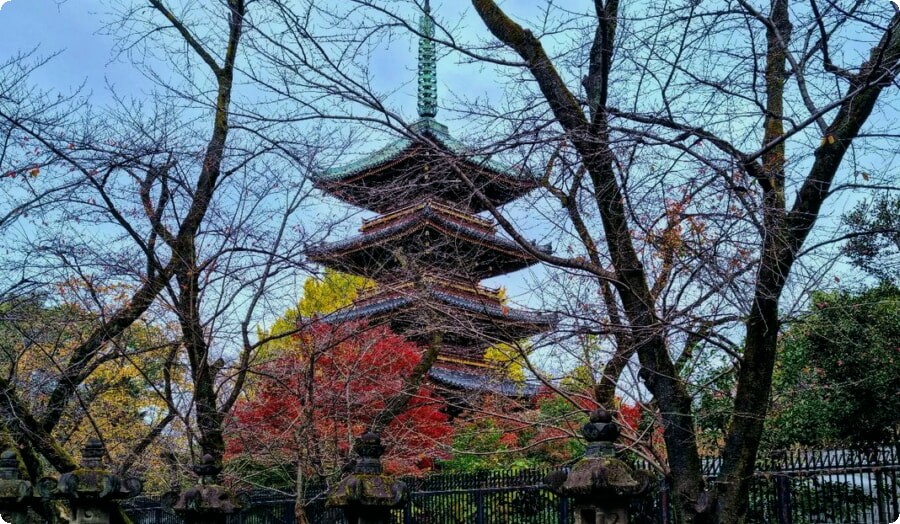
Tokyo Metropolitan Government Building
The Tokyo Metropolitan Government Building is a symbol of the city and has been since 1964. The building was designed by Kenzo Tange, who also designed Tokyo's National Olympic Stadium for the 1964 Olympics. It stands tall over Shinjuku Station and can be seen from almost anywhere in central Tokyo (if you can see past all those skyscrapers). The observation deck on the 52nd floor offers some incredible views--even if you don't go up there, just walking around on street level gives you great photo opportunities with this modern icon in your background!

Akihabara
Akihabara is a district in Tokyo that's known for its electronics stores, maid cafes, and cosplay. It's also home to many other sights worth seeing in Akihabara. If you're visiting Japan and want to see what all the fuss is about when it comes to anime or manga, then this is your chance! One of the best ways to immerse yourself in this culture is by visiting one of its most famous landmarks: The Ghibli Museum (which opened its doors in 2001). Here you'll be able to explore exhibits based on movies like Spirited Away and My Neighbor Totoro; watch short films made by Studio Ghibli; learn more about their creative process through interactive exhibits; even meet characters from some of their most popular films!
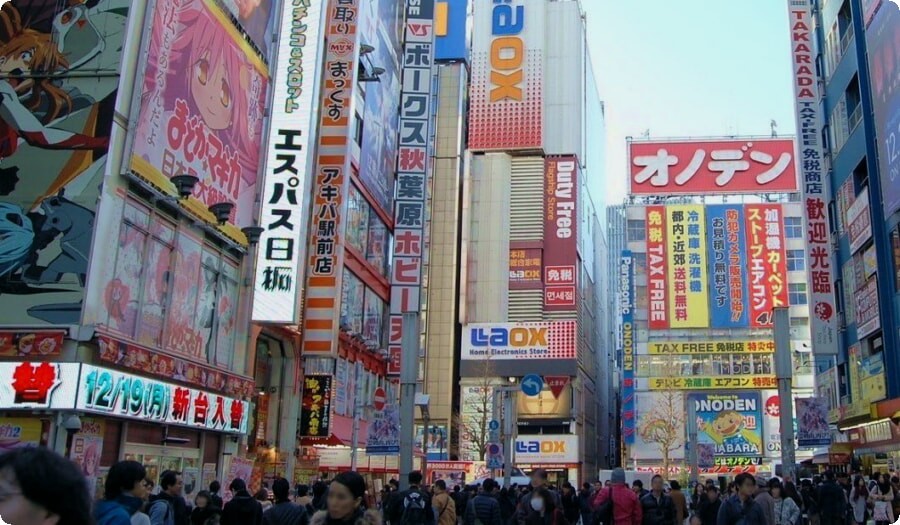
Another must-see attraction is Tokyo Tower--a communications tower built back in 1958 which now serves as an observation deck offering stunning views over much of central Tokyo including Mount Fuji when weather permits (it can get foggy!).

Visitors can either take an elevator ride up 400 meters high or climb stairs all 1,050 steps up themselves--but whatever method they choose will allow them access into two different observation decks located at heights above 450m above sea level!
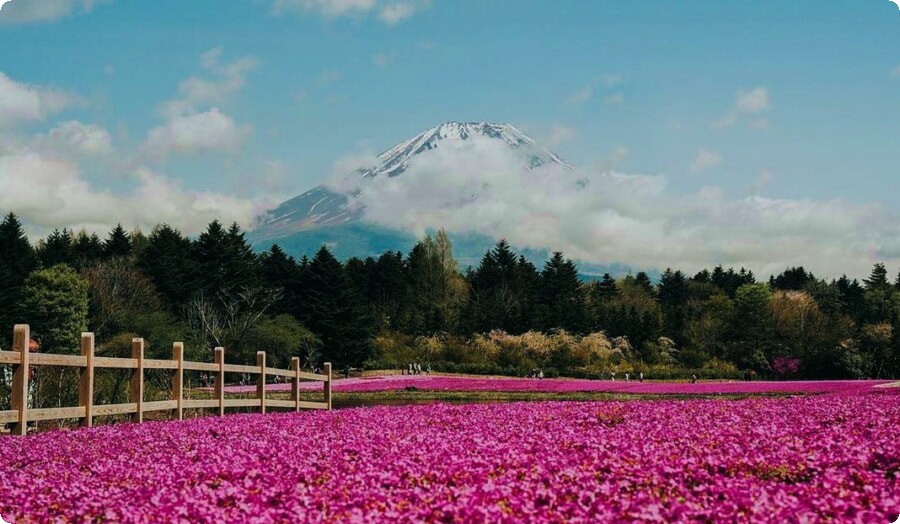
We hope we've given you some ideas for your next trip to Tokyo. We know it's a big city, but if you follow our itinerary above and spend some time exploring each area on foot, you'll be able to see all these sights in two days. If you want more recommendations, check out our blog post on "The Top 10 Things To Do In Tokyo."
